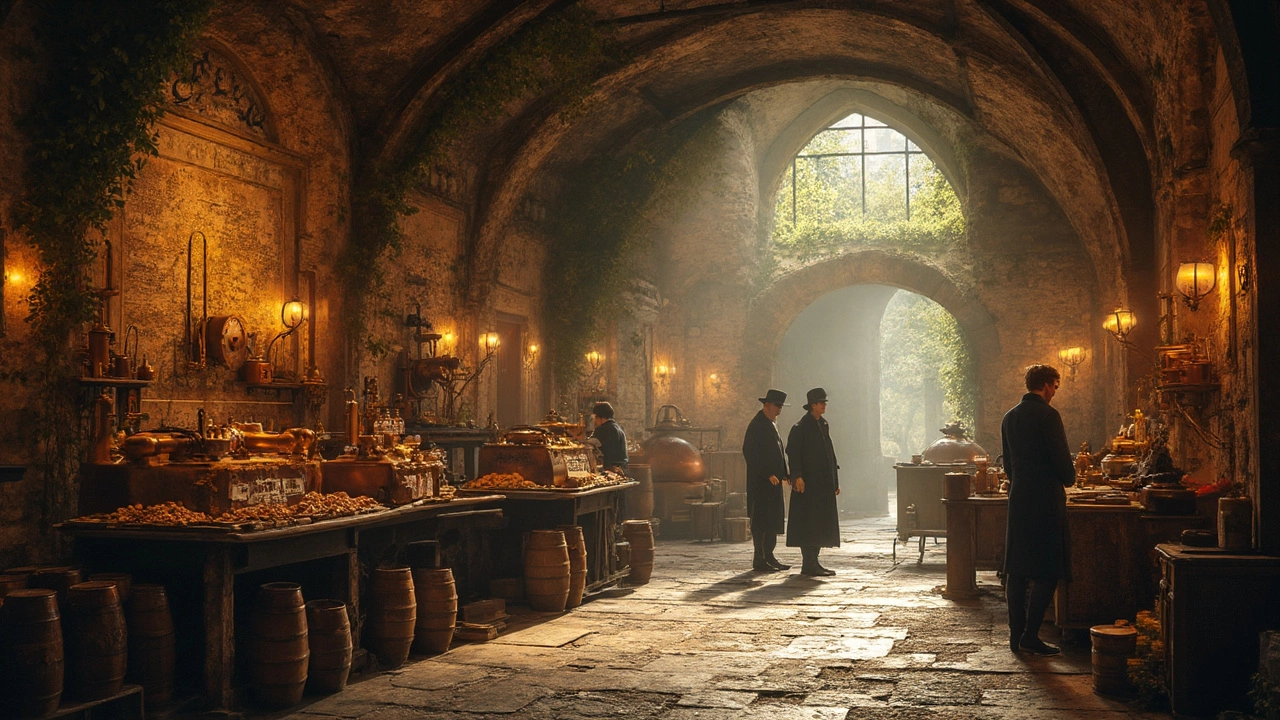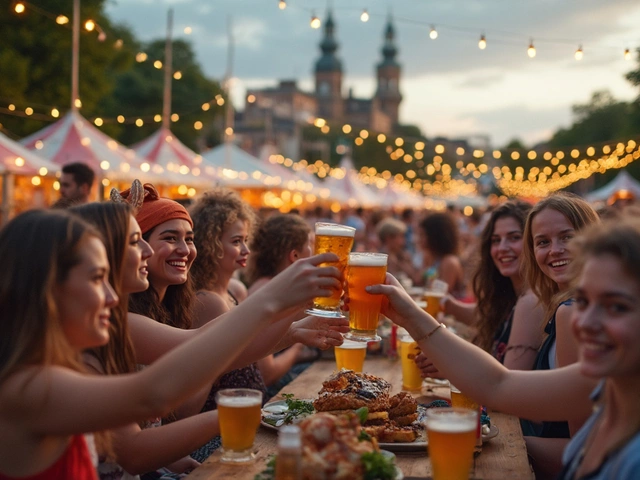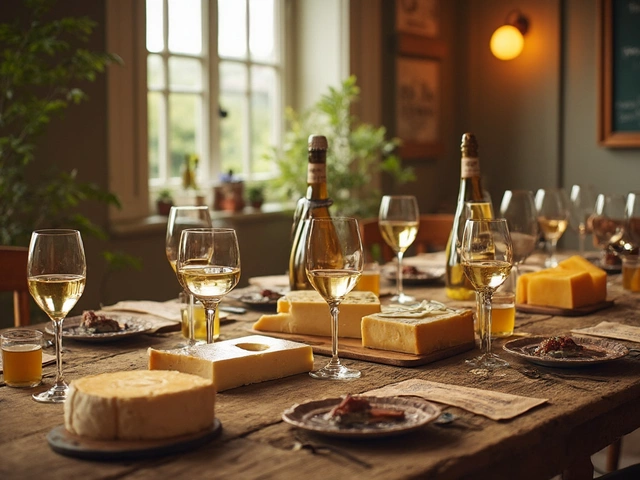Oldest Gin Distillery: History, Location, and What to Expect
Ever wondered where the very first bottles of gin came from? The answer points straight to a small Dutch town in the early 1600s. Back then, Dutch physicians were mixing juniper berries with grain spirit to create a “medical tonic.” That mix became the foundation of what we now call gin.
That early operation was more of a pharmacy than a bar, but it set the stage for a proper distillery. The first dedicated gin distillery is widely recognized as the one run by the ‘Bols’ family in Schiedam, Netherlands, founded in 1575. While Bols started with a range of spirits, they began producing juniper‑flavoured gin (jenever) in the 1660s, making them the oldest continuous gin producer on record.
Where the First Gin Came From
Schiedam earned the nickname “the city of gin” because of its countless copper stills lining the skyline. The city’s low‑lying geography gave it easy access to grain, water, and cheap fuel—ingredients a distiller needs. The Bols distillery used a simple pot still, heating grain mash and then redistilling it with a heavy dose of juniper. The result was a cloudy, robust spirit that tasted more like a medicinal brew than today’s smooth London dry gin.
Over the next century, the British caught wind of the spirit during the War of the Spanish Succession. Soldiers stationed in the Low Countries returned home with a taste for the Dutch “genever.” English producers started copying the recipe, but they stripped out many of the heavy spices, leaving a cleaner, juniper‑forward drink. That shift gave birth to the gin we recognize today.What makes the Bols distillery special isn’t just its age; it’s the way they have adapted. The original copper pot stills are still in use for small‑batch releases, while modern lines handle larger volumes. Visitors can walk through the historic cellars, see the old‑school copper stills, and compare them with the sleek stainless‑steel equipment used for today’s gin.
Visiting the Historic Distillery Today
If you plan a trip, the best time to go is during the spring or early autumn when the weather is mild and the city hosts its famous “Gin Festival.” Tours last about an hour, beginning with a short history lesson, followed by a walk through the still rooms. Guides let you smell raw juniper berries, watch a short demo of the pot‑still process, and end with a tasting of three different gin styles—from the classic jenever to a modern botanical blend.
Most tours also include a tiny bar where you can order a gin‑based cocktail made with local ingredients. It’s a great way to see how the old spirit has evolved into the craft drinks we love now. Prices are reasonable, and you can buy a bottle straight from the source—something that feels special compared to picking it up at a supermarket.
Beyond Bols, other historic gin sites worth a look include the G&J Distillery in London (established 1769) and the 1790‑year‑old Westmorland Distillery in Cumbria. Each offers its own spin on the original recipe, so you can compare regional variations in flavor and technique.
In short, the oldest gin distillery isn’t just a museum piece; it’s a living workshop that bridges 400 years of spirit‑making. Whether you’re a casual drinker or a serious gin geek, stepping into that historic space gives you a tangible sense of how gin grew from a medicinal tonic to a global favorite. So next time you sip a crisp gin‑tonic, remember the humble juniper mash in Schiedam that started it all.
Step back in time and explore the fascinating world of gin at the oldest distillery on the planet. This article unveils which gin distillery holds the title of being the oldest and shares intriguing insights about its history and operations. Find out where it is, what makes it unique, and how you can visit and experience its rich stories firsthand. Whether you're a gin aficionado or just curious about its storied past, this journey will enlighten and inspire your taste buds.
View Details

